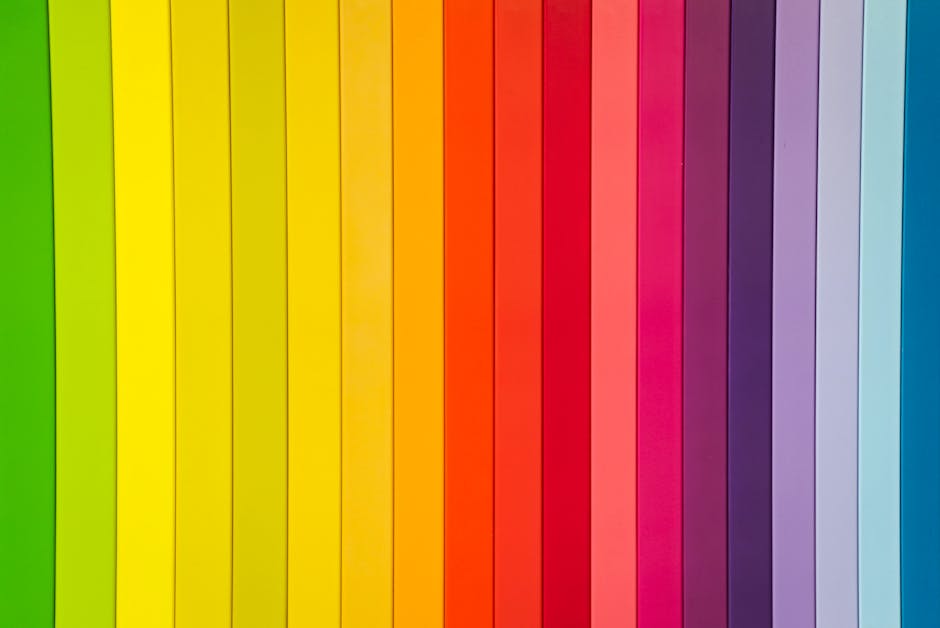The Art of Graphic Design: More Than Just Pretty Pictures
In a world where visuals dominate our interactions, the significance of graphic design transcends mere aesthetics. Graphic design is the bridge between communication and creativity, weaving together words and images to tell a story, convey a message, and evoke emotions. But what exactly is graphic design, and how can it be utilized in various sectors? Let’s dive into this vibrant field and explore its multifaceted dimensions.
At its core, graphic design is the art of visual communication. Designers use typography, imagery, color, and layout to craft visual compositions that resonate with their audience. Whether it’s a business logo, an advertisement, a website, or a social media post, the goal remains the same: to capture attention and convey a message effectively.
One might wonder how graphic design fits into the modern landscape. Well, let’s start with businesses. For companies, branding is everything. It’s the first impression and often the lasting one. A well-designed logo can evoke trust and familiarity, whereas poor design can repel potential customers. Take a moment to think about the brands you love; their logos and visuals likely play a significant role in your perception of them.
Now, let’s not overlook the artistic side of graphic design. It’s not just about selling products or promoting services; it’s also about self-expression. Artists use graphic design to communicate their unique perspectives on culture, society, and personal experiences. For example, a poster for an art exhibition can evoke curiosity and intrigue, drawing in crowds and sparking conversations.
While discussing the diverse applications of graphic design, we must consider its affordability. Not everyone can hire a high-end design agency, but that doesn’t mean you need to compromise on quality. There are a plethora of budget-friendly design tools available, such as Canva or Adobe Spark, that empower individuals and small businesses to create stunning visuals without breaking the bank. With a little creativity and the right tools, anyone can step into the world of design.
However, the question arises: should you go the DIY route or invest in professional help? It often depends on your specific needs and the impact you wish to achieve. If you’re launching a small project or starting out, DIY design can be an excellent way to learn and save costs. Yet, for businesses looking to establish a solid brand presence, professional graphic designers bring expertise, experience, and a unique perspective that can elevate a brand’s identity.
Additionally, we cannot ignore the environmental impact of design choices. The industry has begun shifting toward more eco-friendly practices, with designers opting for sustainable materials and methods. This trend is especially prominent in print design, where the choice of recycled paper and eco-friendly inks can make a substantial difference. For businesses keen on sustainability, collaborating with a designer who prioritizes eco-friendly practices can enhance brand loyalty and attract environmentally conscious consumers.
As we traverse the graphic design landscape, let’s not forget the psychological impact of design. Colors, shapes, and fonts influence human emotions and behaviors more than we realize. For instance, blue often instills a sense of trust and reliability, while red can evoke passion and urgency. Understanding these psychological triggers can empower designers to create visuals that not only attract attention but also resonate on a deeper level with the audience.
Emerging trends in graphic design are also worth mentioning. The digital age has birthed new styles and techniques, such as minimalism, 3D design, and immersive experiences. Augmented reality (AR) is revolutionizing how we interact with graphics, creating dynamic, engaging environments. Designers are no longer confined to static images; they can create interactive experiences that captivate audiences in unprecedented ways.
In conclusion, graphic design is an expansive field that merges creativity, strategy, and psychology. It is not merely about making things look good; it’s about crafting meaningful connections through visuals. Whether you’re a budding designer, a business owner, or just someone intrigued by the art of design, there is so much to explore in this dynamic domain. As the landscape continues to evolve, embracing the principles of effective design can unlock endless possibilities for communication and connection.

